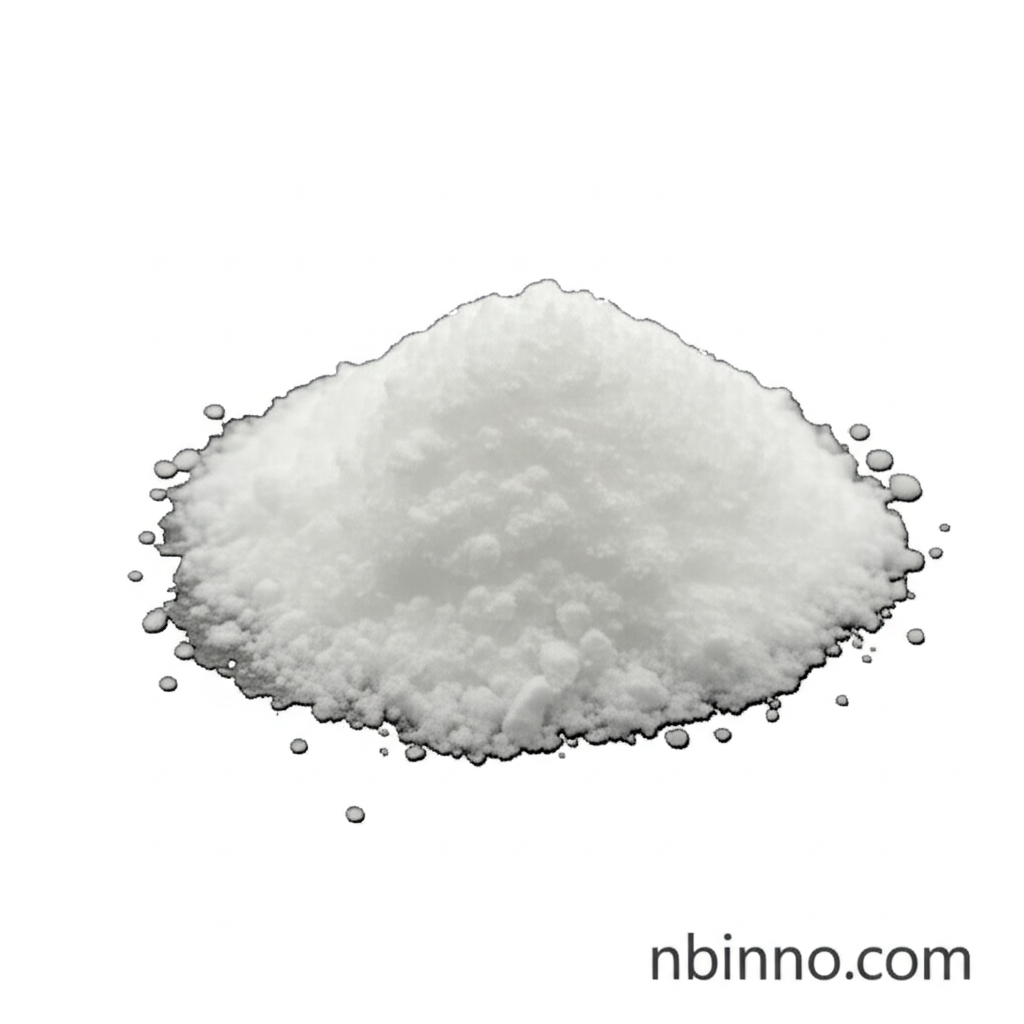2,6-Difluorophenylacetic Acid: A Versatile Building Block
Discover the essential properties and applications of 2,6-Difluorophenylacetic Acid for your chemical synthesis needs.
Get a Quote & SampleProduct Core Value

2,6-Difluorophenylacetic Acid
This compound serves as a critical intermediate in various organic synthesis pathways, enabling the creation of complex molecules. Its unique difluoro substitution pattern offers distinct reactivity and properties valuable in drug discovery and material science.
- Explore the diverse 2,6-difluorophenylacetic acid applications in advanced chemical synthesis.
- Learn about the reliable sourcing of 2,6-difluorophenylacetic acid from reputable manufacturers.
- Understand the critical 2,6-difluorophenylacetic acid properties, including its high purity.
- Discover why this chemical intermediate is essential for efficient synthesis processes.
Key Advantages
Synthesis Efficiency
Utilizing 2,6-difluorophenylacetic acid in your synthesis can significantly improve reaction efficiency and product yield, contributing to cost-effective production.
Molecular Versatility
The presence of fluorine atoms imparts unique characteristics, making it a versatile building block for developing novel compounds with tailored properties.
Quality Assurance
Sourcing high-purity 2,6-difluorophenylacetic acid ensures reliable and reproducible results in your research and manufacturing processes.
Key Applications
Pharmaceutical Synthesis
This compound is frequently used as a key intermediate in the synthesis of pharmaceutical agents, where the difluorophenylacetic acid motif is integral to the drug's efficacy.
Agrochemical Development
The unique chemical structure makes it valuable in the development of new agrochemicals, contributing to crop protection and enhancement.
Material Science
Researchers leverage its properties in material science for creating specialized polymers and advanced materials with enhanced thermal or chemical resistance.
Organic Chemistry Research
As a fundamental building block, it plays a crucial role in academic and industrial organic chemistry research, exploring new reaction pathways.
